Escape to nature’s paradise and pitch a tent at the best campgrounds in Tasmania!
The island state of Tasmania has long been a haven for adventurers seeking solace in nature’s most pristine corners. In 2024, as the world continues to yearn for the great outdoors, Tasmania emerges as the ultimate destination for those seeking an authentic and unforgettable camping experience.
With its diverse landscapes – from soaring peaks to pristine beaches – Tasmania offers a unique tapestry of natural wonders that beckon explorers from far and wide. To help you embark on your own adventure, we’ve curated a list of the best camping spots in Tasmania. Whether you’re an avid hiker, a coastal enthusiast, or simply looking to reconnect with nature, our 2024 guide to the top camping spots will leave you in awe of Tasmania’s unspoiled beauty!
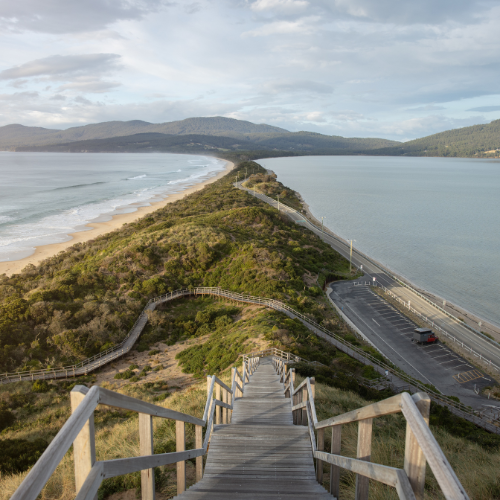
Photographed by Jess Bonde. Image via Tourism Tasmania.
Bruny Island
Camping at Bruny Island offers a unique and immersive outdoor experience that promises to connect you to the stunning and unspoiled nature of this secluded paradise. The picturesque locale located just off the southeastern coast of Tasmania, Bruny Island is renowned for its natural beauty, diverse wildlife, and pristine beaches. Whether you’re after fantastic bushwalks on land or kayaking and snorkelling in the sea, Bruny Island is a must visit for any and every camper. Plus, to ensure you don’t miss out, we even have an Ultimate Travel Itinerary Guide to Bruny Island, Tasmania.
Cradle Mountain
Planning a road trip from Hobart to Cradle Mountain? Well, arriving in Cradle Mountain is just the start of your adventure. Cradle Moutain beckons nature enthusiasts, hikers, and adventure seekers from around the world all year round to experience the stunning this pristine wilderness, best enjoyed by camping a night or two. Whether you’re after a quiet solo retreat or an adventure with friends, camping at Cradle Mountain is truly unforgettable. Hence why it’s made our list as one of the best camping spots in Tasmania!
Freycinet National Park
A magical slice of Tasmania, Freycinet National Park is a truly breathtaking adventure enjoyed by everyone in the island state. A hearty two-and-a-half-hour drive north of Hobart, Freycinet National Park is a crown jewel for campers featuring stunning coastline, rich rainforests and mountain vistas sensational views. Despite being Tasmania’s most popular national parks, Freycinet National Park is still considered one of the most a perfect camping spots in Tasmania for those wanting to get away from the busy day-to-day!
Maria Island National Park
Pack your bags and get ready to explore Tasmania’s East Coast on Maria Island National Park. A brisk hour-and-a-half drive and short ferry ride will take you to a secluded island destination, enclosed in spectacular cliffs that offer unparalleled views of the ocean. And for the campers among us, a large, dedicated campground is available behind the dunes at Darlington, making it the perfect base to adventure through Maria Island at your leisure. With long sandy beaches, turquoise water, mountaintop vistas, abundant wildlife and plenty of history, Maria Island is the perfect camping getaway!
Tasman Peninsula
A wild parkland filled with towering trees and an Instagrammable coastline, the Tasman National Park near the Tasman Peninsula is one of the best camping sites in Tasmania for good reason. An easy drive from Hobart, the Tasman National Park has plenty of things to keep campers excited: from sea cliffs that tower over the Pacific, to barren caves, to a diverse blanket of forestry teeming with wildlife. Fortescue Bay, in particular, has long been a favourite campground for families of all ages and sizes. So start pitching up at Tasman Peninsula this weekend!
Explore more of Tasmania with this Ultimate Travel Itinerary: 15 Towns to Visit on Your Tasmania Road Trip. Or get a little tipsy and taste your way through the 5 Best Wineries in Tamar Valley, Tasmania.
We acknowledge the traditional owners of country throughout Australia and recognise their continuing connection to land, waters and culture. We pay our respects to their elders past, present and emerging.

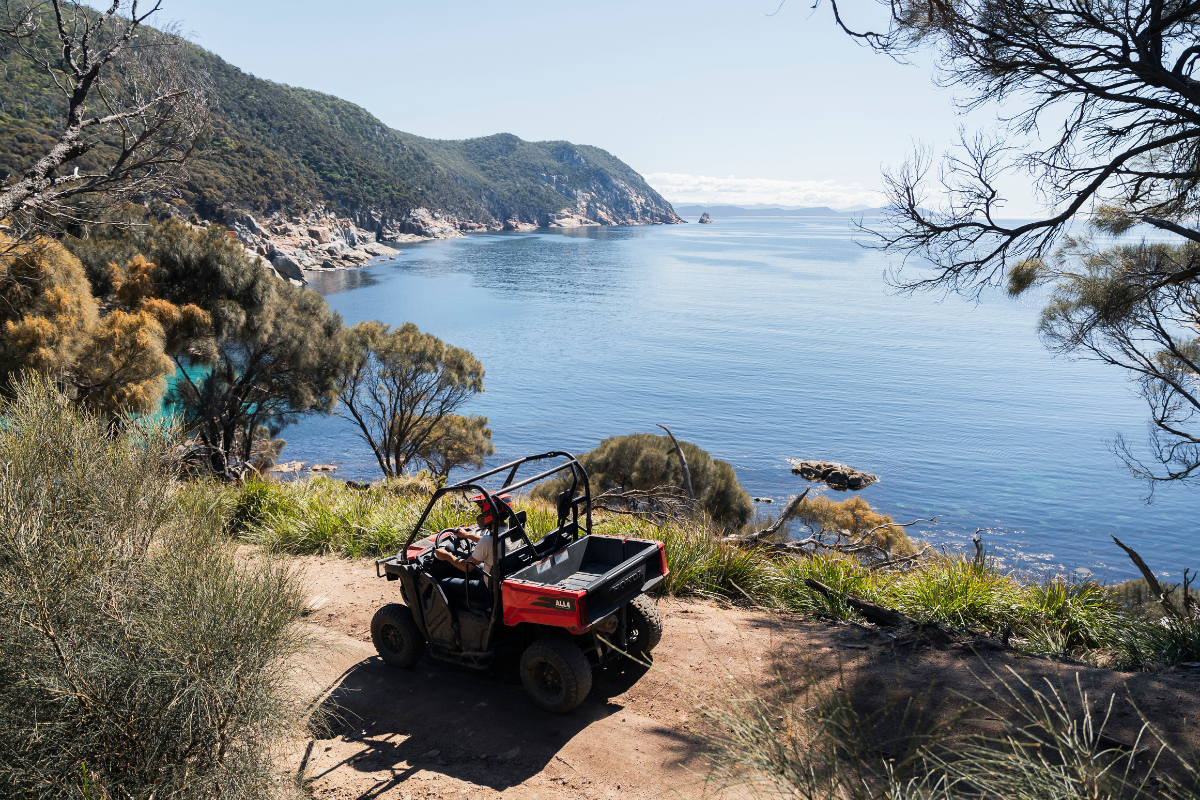
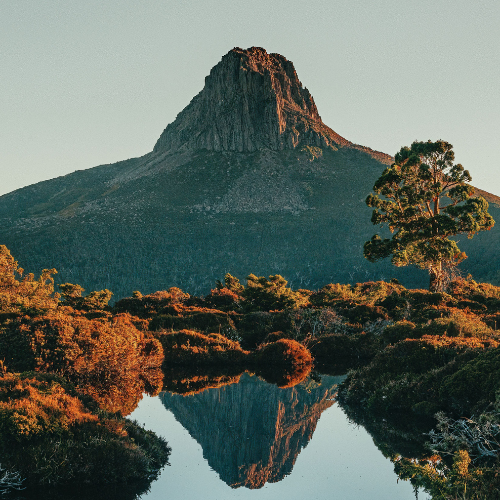
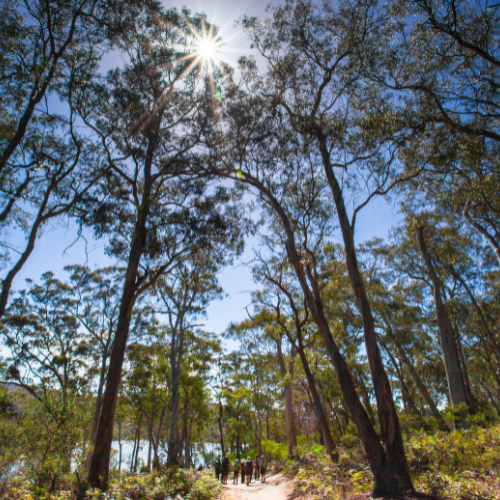

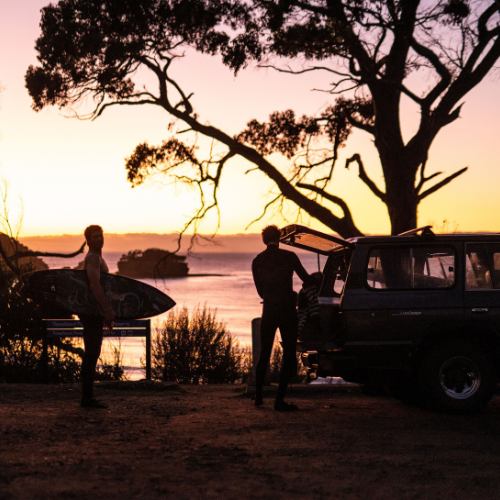

This article was first published on 21 September 2023. It was updated and edited by Hunter and Bligh on 31 May 2024.